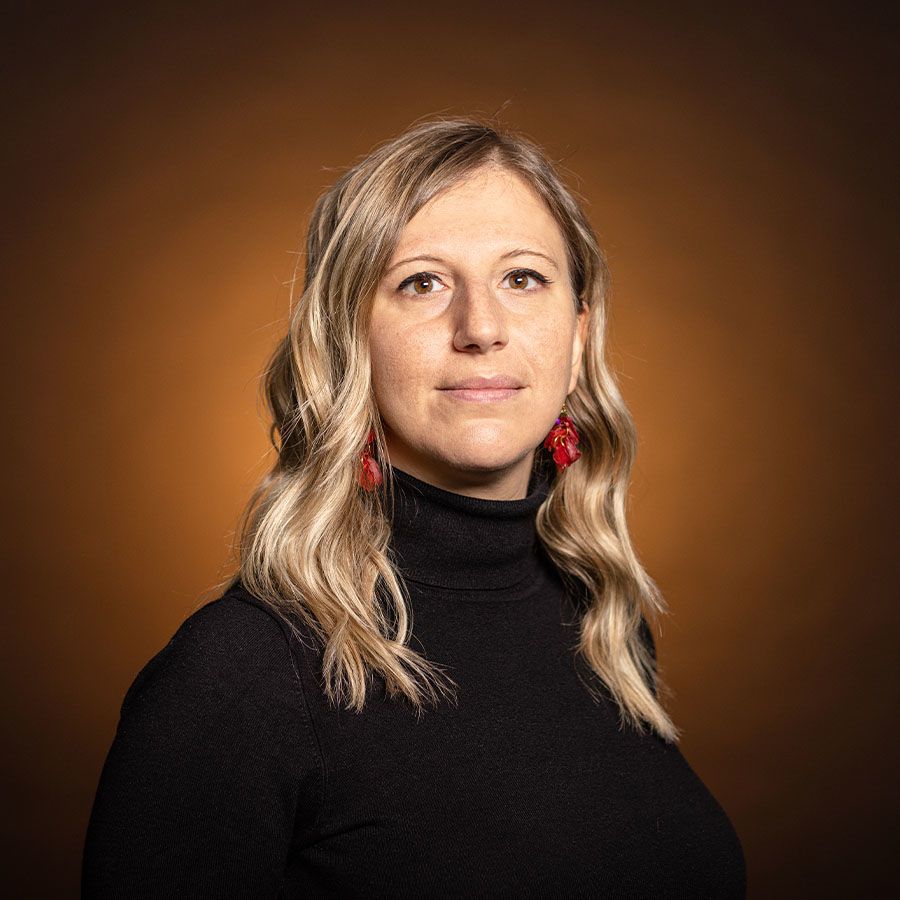Bridging past, present – and future: how can heritage support development?

For a long time, people thought heritage had little in common with development. But this misses so much of what heritage is about and what heritage research and practice can fulfil. Francesca Giliberto considers how heritage projects around the world are finding fresh ways of approaching global challenges.
Heritage is not simply frozen in time and related to the past. It’s a multifaceted, living and dynamic concept, interwoven with peoples and places.
It includes not only our monuments and historic buildings, but also our landscapes, our traditional knowledge and customs, our cultural industries and performing arts, our rituals and social practices.
I believe heritage can play a vital role in tackling global challenges: bringing communities together, building resilience and wellbeing, and strengthening sustainable development.
I’ve been looking in-depth at 87 projects to highlight how fully acknowledging and exploring our heritage could help us achieve the United Nations’ Sustainable Development Goals (commonly known as the SDGs).
I’m especially interested in how to foster positive change in heritage and development policy and practice, and influence decision-making.
My research on heritage for global challenges brings together a variety of disciplines – architectural and urban heritage, conservation and management, international heritage issues and World Heritage, policy evaluation, and sustainable development.
It’s a three-year programme within PRAXIS, a £1m research initiative funded by the Arts and Humanities Research Council.
PRAXIS aims to champion the distinctive contribution that arts and humanities research can make to urgent development challenges, especially in the Global South.
Through my research I’ve seen how harnessing the potential of heritage can address the complexity and variety of development challenges around the world: environmental degradation, climate change, refugee and humanitarian crises, extreme poverty, food insecurity, persisting inequalities and unsustainable urbanisation. It’s a resource we could make so much better use of.
Heritage - a powerful tool
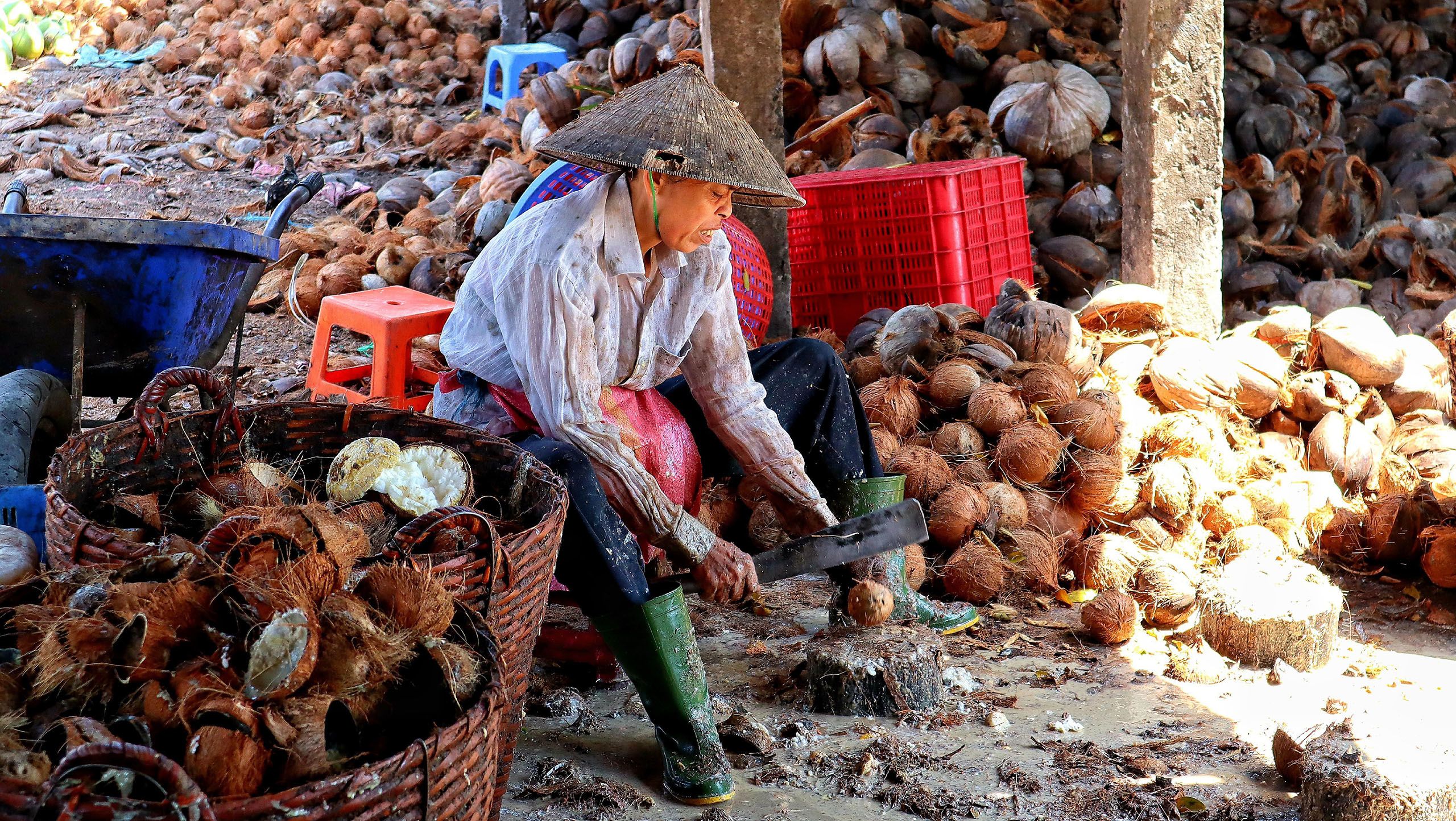
Global challenges are interconnected, so it makes sense that the way we approach them should be integrated too. It’s crucial to break down barriers between different disciplines and to make sure all the various sectors involved aren’t acting in isolation. This will mean developing more holistic frameworks in heritage research, policies and practices.
The multifaceted nature of heritage makes it naturally a very interdisciplinary endeavour. I work both inside and outside academic institutions.
From my own experience, I’ve found that heritage topics encourage researchers from different disciplines to collaborate and to establish partnerships in fields well beyond academia. That includes NGOs, museums and charities, but it also embraces businesses, activists, artists and creative practitioners.
Such collaborations cross-fertilise across disciplines and methodologies. And the result is innovative approaches to global challenges, ones which put heritage and human development at their core.
This way of working is very different from other large-scale and international development projects directed and led from the top. Such ‘top-down’ interventions frequently pay little attention to local contexts, cultures and communities. They’re often working to a very short timeframe. And they’re carried out in the same way wherever they are in the world – without understanding local interests and priorities, and without responding to local needs and aspirations.
But communities are not all the same. They have different values, habits and needs. They may attach different meanings and values to their heritage. It’s essential for development work to recognise and appreciate these differences, between groups and between individuals.
Avoiding assumptions means spending time with local communities to understand their cultural view of heritage and their needs and expectations right from the start of any project.
Establishing meaningful relationships within a place and building trust with its communities takes time. Long-term engagement with local stakeholders is the key to stimulating local custodianship and achieving impact over the long term.
Heritage-based work can develop new visions for the future”
Rooted in places and societies, heritage projects naturally support culturally sensitive approaches and solutions, rather than a one-size-fits-all approach. They’re well placed to make local people active players and ensure projects are relevant to them.
Through ‘co-production’ – where projects are designed with communities not for communities – heritage-based programmes can generate long-term engagement with communities and individuals. This helps all concerned build trusting relationships, and makes exchanges between those taking part more equitable and ethical.
This type of interaction overcomes cultural, linguistic and communication barriers, and wins the trust of local stakeholders. It can help transform preconceptions, challenge the views and attitudes of both locals and outsiders, and spark meaningful participation on all sides.
This makes heritage a powerful tool with which first to foster dialogue and inclusion, and then to implement approaches that are truly centred around people. Notions of heritage – including shared values and memories – can support human connection, solidarity, and resilience.
But we can go further. By illuminating existing inequalities, injustices, and exploitation, heritage-based work can help develop new visions for the future. That’s why I believe it’s so important that the concept of heritage has a clearer place in achieving the SDGs by 2030 and in the post-2030 development agenda of the United Nations.
What are the SDGs?
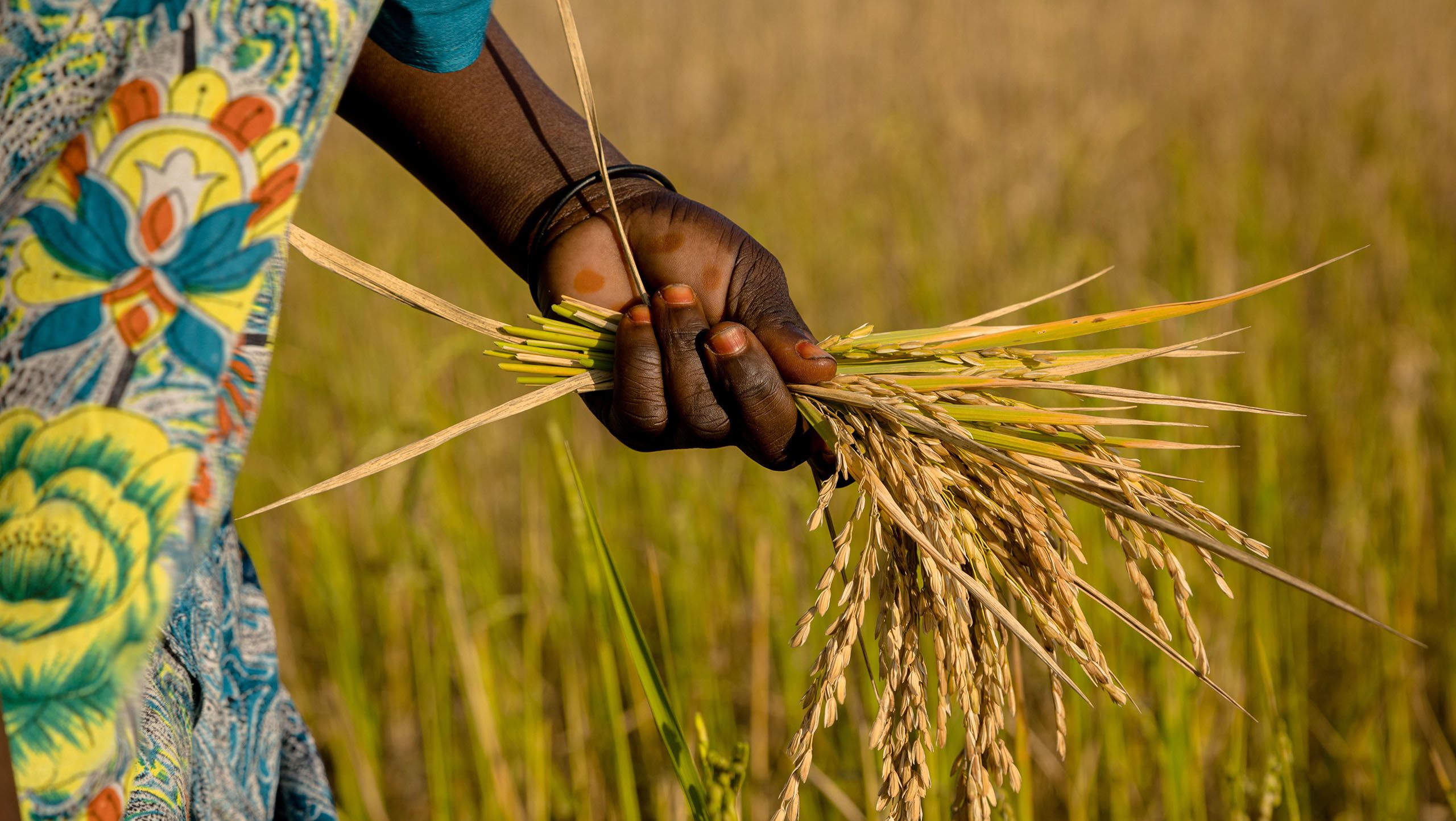
In 2015, the United Nations adopted its 2030 Agenda for Sustainable Development . This commits all countries to “free the human race from the tyranny of poverty and want and to heal and secure our planet”. The Agenda sets out “a comprehensive, far-reaching and people-centred set of universal and transformative Goals and targets”.
However, of the 17 SDGs and the 169 associated targets, only Target 11.4 explicitly mentions heritage. This states that efforts should be strengthened “to protect and safeguard the world’s cultural and natural heritage” in order to make our cities safe, resilient and sustainable.
But even this reflects a limited approach to heritage’s potential. It’s far from capturing the full role heritage can play in achieving holistic, human rights-based, environmentally sustainable, and inclusive development.
What’s more, the SDG framework doesn’t fully embrace the challenges related to past and present colonial systems of power and heritage narratives. Development processes have often been defined and implemented in ways that are exclusionary, colonising and sometimes contested. Current approaches in heritage research, policy and practice can also reflect this.
If we are to reduce inequalities and embrace diversity, we must place people at the centre of heritage and development conversations in a meaningful way. Acknowledging there’s no universal or ‘right’ model to approach this is essential. And if projects don’t give voice to the most underrepresented and marginalised, those people will remain excluded.
Unlocking heritage
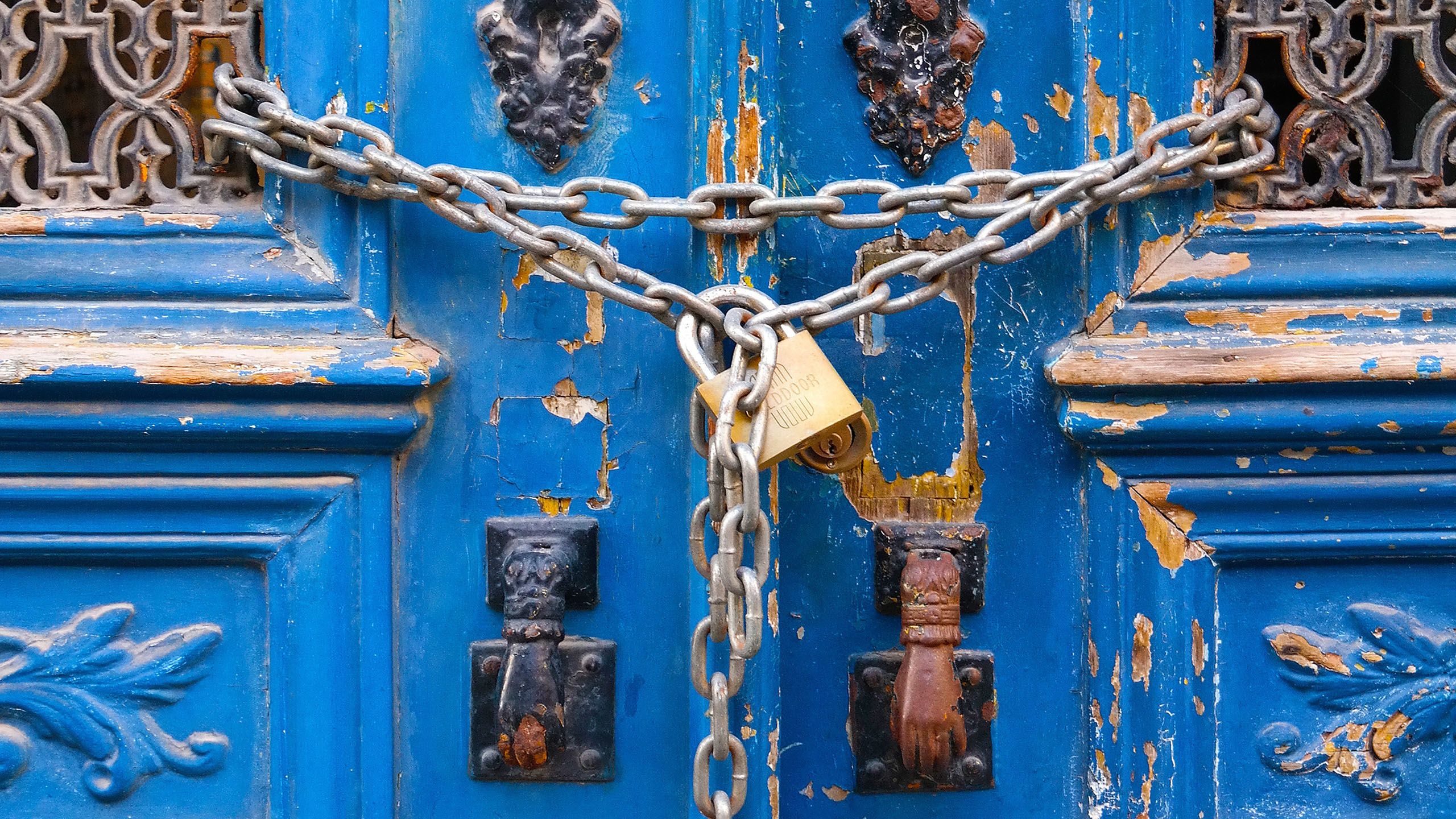
Looking a little more closely at the SDGs reveals the richer dimension heritage can bring. I’ve picked out three here, on combatting poverty, promoting inclusive and sustainable cities, and tackling climate change.
Billions of people are living in poverty and are denied a life of dignity. Refugees, marginalised groups, and Indigenous Peoples are among the poorest and the most food insecure in the world.
There are ways in which we can mobilise heritage to alleviate poverty, strengthen local livelihoods, improve people’s quality of life and create prosperity. Unlocking heritage can stimulate socio-economic growth which is both ethical and generates new economic activities.
Harnessing local heritage and the creativity embedded in local communities can boost the tourism sector and the creative industries, for example.
The small Orochen ethnic community in northeast China set up a festival to preserve and revitalise its culture last year. Mixing Indigenous music, craftwork, and lifestyles with contemporary electronic music, the festival was part of the community’s efforts not only to maintain their cultural heritage but also to promote it within the region’s ethnic tourism industry.
Traditional agricultural knowledge, crops, farming practices and Indigenous food systems constitute valuable strategies for long-term agricultural resilience, food security and adaptation in the face of climate change.
One project in Karnataka, South India, for example, used oral histories to gather women smallholders’ experience of sustainable farming. Their cumulative knowledge stretches back over several generations.
Another project in Nubia has published a book, co-produced with local farming families, to record the communities’ older farming practices and share these with younger generations.
“Heritage goes beyond monuments. It’s about people’s memories, their sense of belonging”

Our models of development have often focused merely on economic growth. It’s more urgent than ever that we rethink and reframe these. We need to acknowledge other aspects so important to human development, such as local cultures, places and traditions, communities’ needs, aspirations, happiness and spiritual enrichment and social cohesion.
In our cities – the only area where the SDG targets specifically mention heritage – current attempts to transform urban spaces may actually inhibit equality and social justice.
Excessive building density, loss of public space and amenities, inadequate infrastructures, lack of safe and affordable housing and basic services, social fragmentation, deterioration of the quality of urban life and people’s health, and an increasing risk of climate-related disasters – all these are rife in urban development.
Poor, marginalised, displaced and other vulnerable communities, individuals, and groups suffer disproportionately from the consequences.
But city heritage goes beyond monuments, buildings, streets, and urban spaces. It’s about, people’s memories and histories, their sense of belonging and attachment to particular places too. These are central to defining urban identities, and making our cities and towns better places to live and work.
And these different definitions of heritage can help us rethink our strategies on urban planning, conservation, governance and regeneration, opening these up to be more integrated, inclusive and participatory.
When the decline of industrial textile-making led to empty factories, for example, Shanghai M50 took the opportunity to set up China’s first creative cluster. Among the artists’ studios, galleries and cafes, digital installations celebrate the all-female Shanghai Yue Opera.
Originally brought to the city by rural women as they moved to find textile work, this important facet of working-class women’s culture was in danger of being forgotten.
This more expansive concept of heritage broadens urban planning and decision-making. It brings together communities with bodies like local planning and heritage authorities, academics, and third-sector organisations. Putting communities in a stronger position within urban conservation, regeneration and management processes supports people-centred solutions.
This doesn’t just mean that particular developments respond better to contemporary needs. It can give a voice to local communities, renewing their sense of place and belonging, while also strengthening social cohesion.
Of course, one of the greatest challenges of our time is climate change. Global warming is fuelling the rise of extreme weather events and natural disasters, the declining diversity of life on earth, increased disease and threats to health, loss of lives and mass displacement. It’s also having major impacts on the livelihoods and rights – including their cultural rights – of billions of people.
Countries in the Global South and low-lying Small Island Developing States are most affected. Theirs is a constant struggle against climate change, one which impacts not only on communities’ livelihoods, wellbeing and food security, but also on the richness and diversity of their cultural heritage, natural ecosystems and biodiversity.
Research work co-designed with communities in Kiribati, an atoll nation in the South Pacific, highlights how much of their culture is at stake from rising sea levels. But it also points to how their way of life, stories and beliefs might help them respond to climate change.
While the rising ocean is an immediate threat, it remains an integral part of local beliefs and is inherent in the local identity, territory and economy.
The expertise of Indigenous Peoples provides alternative paradigms for sustainable development”
Heritage encompasses landscapes, traditional ecological knowledge and practices, identity and sense of place, rituals and beliefs, local and Indigenous Peoples’ ways of life, world views and achievements.
Connecting social and cultural issues to environmental and biodiversity concerns makes heritage a fundamental ally of environmental conservation and natural resource management.
Putting human-nature interaction at the heart of things connects cultural heritage – both tangible and intangible – and natural environments in mutually supportive ways. The knowledge and expertise of Indigenous Peoples, in particular, provide alternative paradigms for sustainable development.
A virtual workshop brought together representatives from Indigenous Peoples from Asia, Africa, Latin America and the Arctic with those from academic institutions and United Nations’ agencies. They explained how they are reviving their agroecological food systems.
Based on centuries of accumulated wisdom, these are more resilient to climate change and provide more nutritious diets than modern food systems. But they are also central to Indigenous People’s cultural identity and spiritual wellbeing.
Listening to local people in this way will make a significant contribution to nurturing biodiversity, maintaining ecosystems, and cutting CO2 emissions.
Opening up conversations
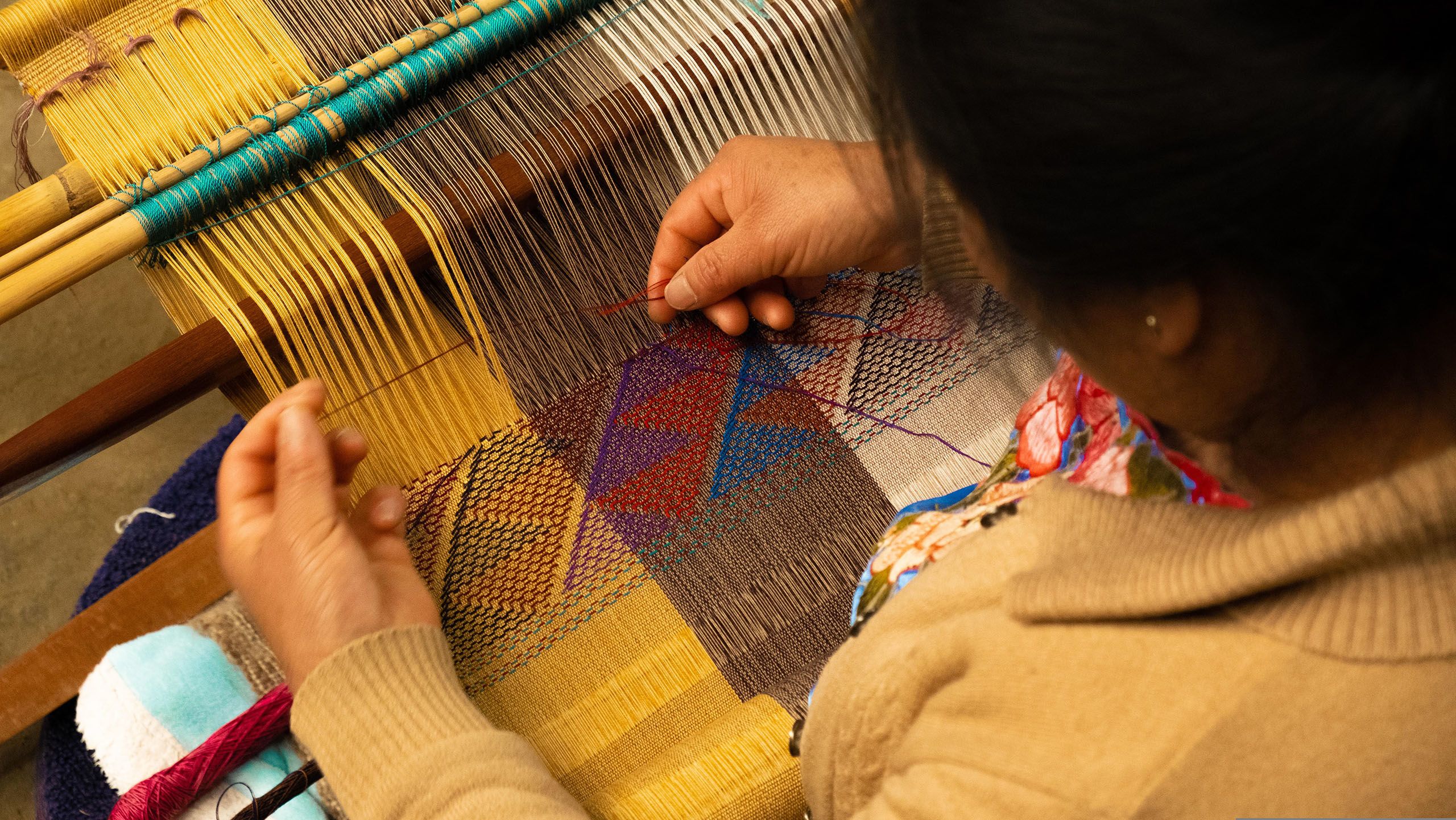
The connection between memory and the persistence – or transformation – of identity is nowhere more significant than in contexts of post-conflict, displacement, and reconstruction.
Climate change, complex humanitarian emergencies, conflict, and terrorism – all further increase social inequalities. They make the realisation of peoples’ right to self-determination more difficult, especially for those living under colonial and foreign occupation.
The multiple lives and narratives of fragile peoples can be engendered or silenced, remembered or forgotten. Creative practices promote emotional engagement and, in so doing, create a space for dialogue between individuals and across different cultures.
In a refugee camp in Jordan, immersive Virtual Reality (VR) headsets have reconnected people with parts of their heritage they had left behind or that had been destroyed – and have got the several different communities living in the camp talking about their experience together.
Heritage can open up difficult conversations like this. The projects I’ve studied show how doing so amplifies the voices of marginalised people. By giving value to alternative ways of telling uncomfortable histories, such conversations unsettle ongoing legacies of colonialism, persisting inequalities, and marginalisation. In turn, that can contribute to symbolic reparation and peacebuilding.
“It’s time to transform development models to be more human-centred”

Museums play a significant role here. This goes well beyond protecting and displaying the past as heritage. Museums can celebrate the multicultural heritage of diverse communities. They support inclusive, equitable and quality education. That in turns strengthens communities’ capacity to engage.
The richness of local knowledge, languages, heritage sites, and museums’ collections provides a laboratory to develop diverse cultural heritage narratives. Students, teachers, residents and other stakeholders can get involved in innovative, experiential, hands-on, and emotional and long-lasting learning activities
All this supports cultural dialogue. And that’s fundamental to the prevention and reduction of conflicts, violence, and discrimination – and to promoting peace and social justice.
Shared values associated with heritage can become an important connection for minority groups. Heritage can be a way of empowering so many of the most vulnerable people – children, youth, women, disabled people, those living in poverty, older people, Indigenous Peoples, refugees, migrants, and many other marginalised groups and individuals.
Heritage isn’t only something to be protected and preserved; it’s also an invaluable knowledge base for creating a sustainable future.
In the Red River Delta in Vietnam, for example, archaeological datasets are informing how we respond and adapt to climate change today. Detailed structural, scientific, and historical analyses and recordings can inform reconstruction and disaster response strategies.
After the devastating 2015 earthquake in Nepal, the establishment of a ‘live’ digital library provided an extensive database of universally accessible research materials to inform reconstruction.
Cultural and historical knowledge is a precious resource for disaster risk management. It can help shape effective recovery strategies, while encompassing cultural, social, economic, and environmental aspects at the same time. But it also alerts disaster management professionals and policymakers to impacts that go beyond the purely physical and humanitarian.
The power of heritage
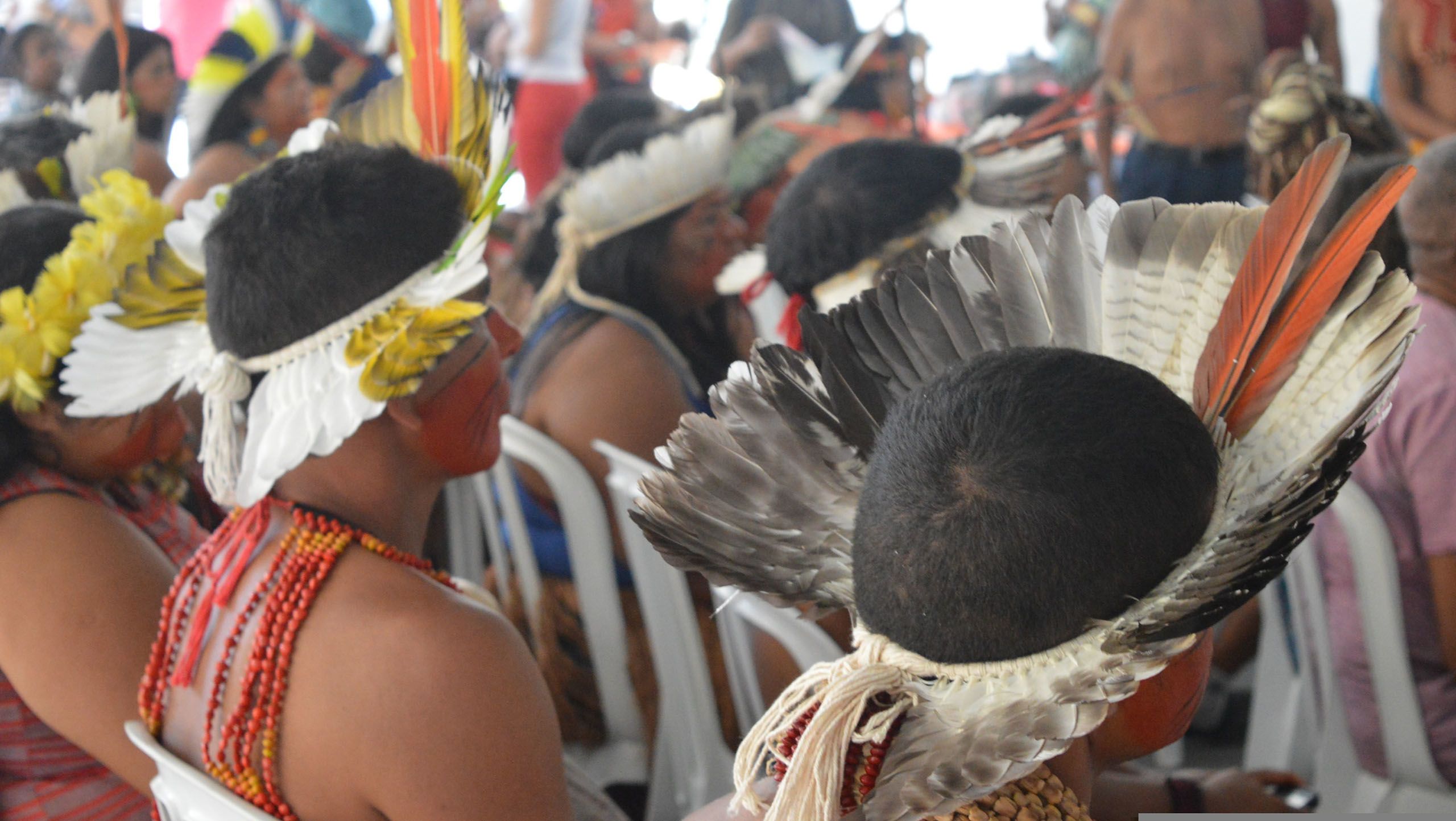
At Leeds, our university strategy states that “if we focus on the needs of the world, the region and our own community we will help generate the answers to many of the tough questions we face today. This will make all of us appreciate that what we do matters, and that sense of purpose will enable us to thrive as individuals”.
Our cultural heritage, tangible and intangible, can play a dynamic part in shaping that purpose. However, it can also perpetuate exclusion, injustice and conflict if not adequately understood and managed.
There are challenges to embedding heritage into action for sustainable development. Policymakers tend to favour quantitative data when making decisions. The impacts of cultural heritage are difficult to measure, and what data exists is inconsistent and scattered. We don’t have enough holistic and comparative evaluations.
We need to find common languages and terminologies across disciplines. In addition, power imbalances still exist between different disciplines and sectors. Perceived limitations about how heritage work can generate immediate and quantifiable impacts in terms of development can leave it undervalued.
The outbreak of COVID-19 has exacerbated worldwide challenges, substantially affecting people’s lives in many ways. As we recover, we can take the opportunity to rethink previous approaches. It’s time to transform development models to be more human-centred, and sustainable. This also applies to reframing current developmental policies and practices. These are still very sectoral. Too often the people, departments and institutions involved don’t communicate with each other.
The many and varied projects I’ve looked at show the power of heritage – and heritage research – for sustainable development with fresh clarity. Heritage is indispensable in our efforts to fulfil the SDGs – and, in so doing, to fulfil our common goal to make the world a safer, more equitable, and more liveable home for everyone.
